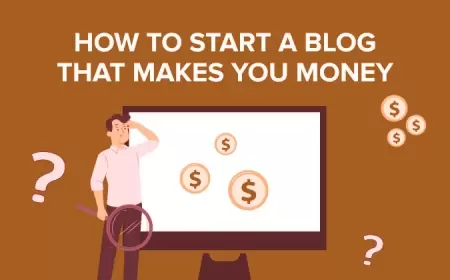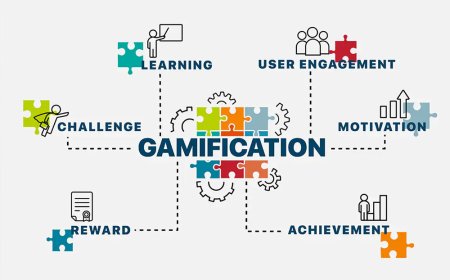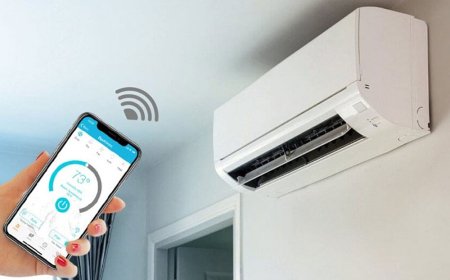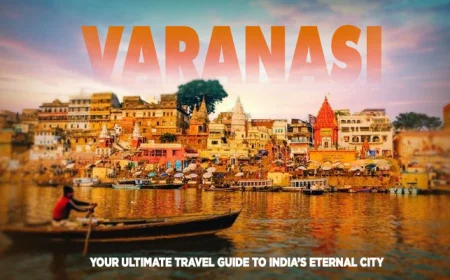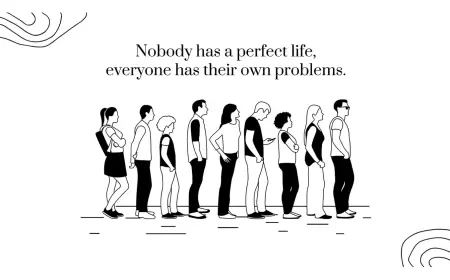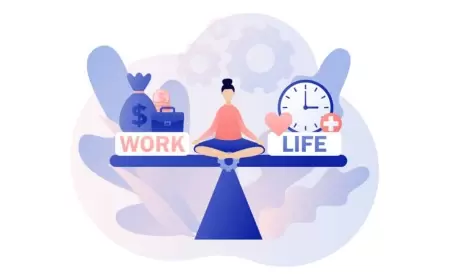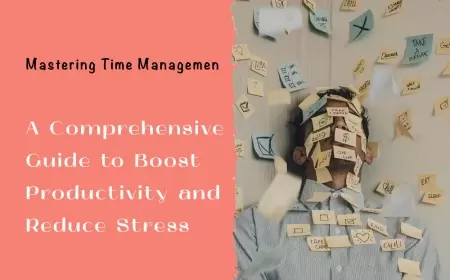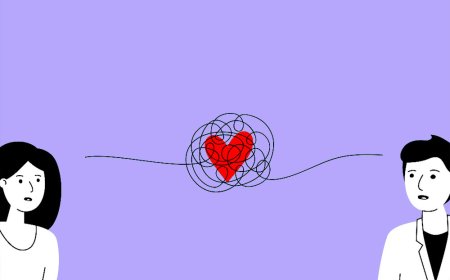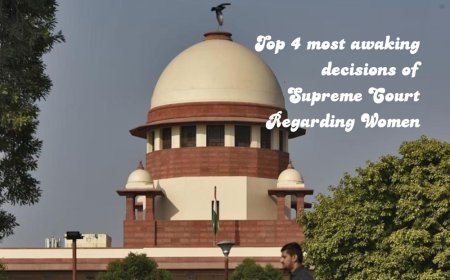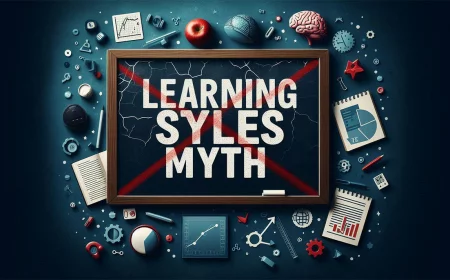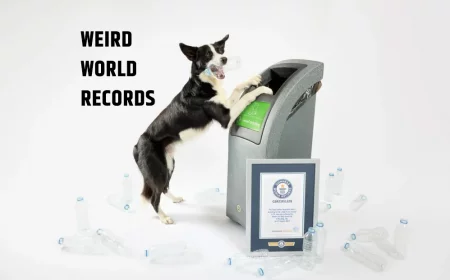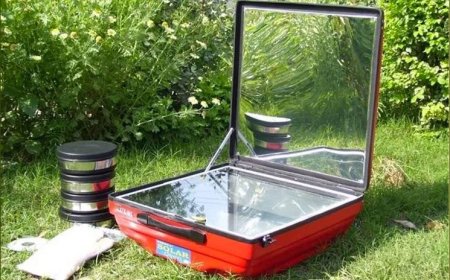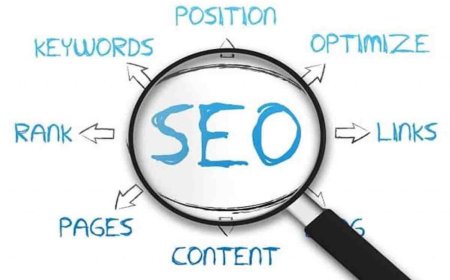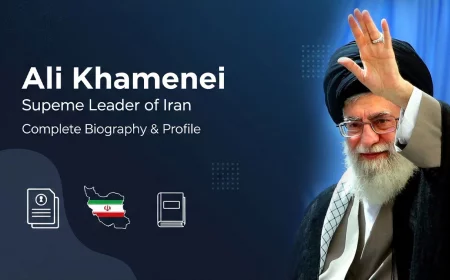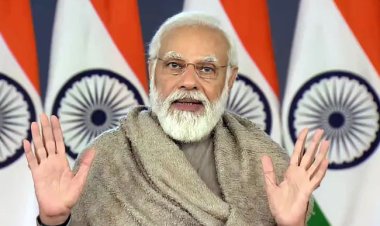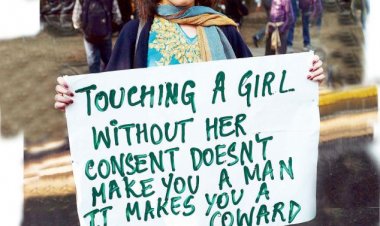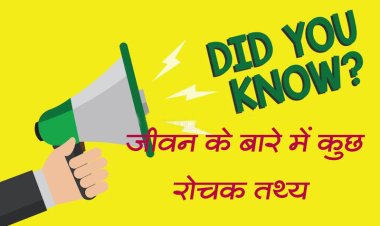The $200 Billion Secret: How Banks Are Stealing Your Money Through Hidden Fees (And How to Fight Back)
American banks collected over $200 billion in fees last year alone. That's not from loans or investments – that's pure profit extracted directly from customer accounts through fees that most people don't even know exist.

American banks collected over $200 billion in fees last year alone. That's not from loans or investments – that's pure profit extracted directly from customer accounts through fees that most people don't even know exist.
Your bank isn't just holding your money; it's actively finding ways to take it. Today, we're exposing the most profitable hidden fees that banks hope you'll never notice, and more importantly, showing you exactly how to avoid every single one.
The "Courtesy" Overdraft Scam That Generates $15 Billion Annually
The Lie They Tell You: "Overdraft protection helps you avoid embarrassment when your card is declined."
The Brutal Truth: Banks deliberately process transactions in an order designed to maximise overdraft fees.
How the Scam Works
Let's say you have $100 in your account and make these transactions in one day:
- Morning: $3 coffee
- Afternoon: $12 lunch
- Evening: $95 grocery shopping
What should happen: You'd overdraft once on the grocery purchase = $35 fee
What actually happens: Banks process the largest transaction first:
- $95 grocery shopping (account: $5 remaining)
- $12 lunch (OVERDRAFT #1: -$7, Fee: $35)
- $3 coffee (OVERDRAFT #2: -$10, Fee: $35)
Total fees: $70 instead of $35
This isn't an accident – it's a deliberate system called "high-to-low posting" that banks use to multiply fees.
The Numbers Don't Lie
- Average overdraft fee: $35
- Banks that still use high-to-low posting: 67%
- Average number of overdraft fees per incident: 3.2
- Most profitable day for bank fees: Friday (when people spend their weekend money)
How to Protect Yourself
Immediate Actions:
- Call your bank and say these exact words: "I want to opt out of overdraft coverage for my debit card and ATM transactions."
- Enable low balance alerts – Set them at $50, $25, and $10
- Link a savings account for true overdraft protection (usually costs $5-10 vs $35)
Advanced Protection:
- Use banks that process transactions chronologically (Ally, Capital One 360, many credit unions)
- Set up automatic transfers from savings when the balance drops below $100
- Monitor your account daily using your bank's mobile app

The ATM Fee Double-Dip That Costs You $4.73 Per Transaction
The Hidden Truth: You're being charged twice for the same ATM transaction, and most people don't even realise it.
How the Double-Dip Works
When you use an out-of-network ATM:
- The ATM owner charges you (usually $2.50-$3.50)
- Your bank charges you again (typically $2.00-$2.50)
- Total cost: Often $4.73 for a simple withdrawal
The Real Scandal
Banks have partnerships with ATM networks, but they don't tell you about free alternatives:
Free ATM Networks You Probably Don't Know About:
- Allpoint Network: 55,000+ ATMs (CVS, Walgreens, Target)
- MoneyPass Network: 40,000+ ATMs (7-Eleven, many grocery stores)
- CO-OP Network: 30,000+ ATMs (credit unions, some banks)
Your Action Plan
- Download these apps to find free ATMs: ATM Hunter, AllPoint ATM Locator
- Get cash back at stores instead of using ATMs (grocery stores, pharmacies)
- Switch to a bank with ATM fee reimbursement (Schwab, Fidelity, many online banks)
The "Minimum Balance" Trap That Steals $15 Monthly
What They Don't Advertise: The minimum balance requirement isn't just about the balance – it's about their calculation method.
The Hidden Rules
Banks use different methods to calculate your "average daily balance":
- Daily Balance Method: They check your balance every single day
- Minimum Balance Method: If you drop below the minimum even for one day, you're charged
- Combined Balance Method: They count multiple accounts together (but don't always tell you)
Real Example: Sarah's Story
Sarah thought she maintained a $1,500 minimum balance:
- Day 1-20: $1,600 in account
- Day 21: $1,400 in account (one day below minimum)
- Day 22-30: $1,700 in account
Result: $15 monthly maintenance fee because of ONE DAY below the minimum
How to Beat This System
- Ask specifically: "What balance calculation method do you use?"
- Set up automatic transfers to keep your balance above the minimum
- Consider high-yield online banks with no minimum balance requirements
- Bundle accounts – many banks waive fees if you have multiple accounts
The Foreign Transaction Fee Robbery (Even When You're Not Travelling)
The Shocking Reality: You're paying foreign transaction fees on purchases you think are domestic.
When You're Getting Charged Without Knowing It
- Online purchases from companies that process payments overseas
- PayPal transactions that get processed internationally
- Subscription services with foreign parent companies
- Digital purchases (apps, games, software) from international companies
Standard fee: 2.5-3% of every transaction

Real-World Examples
- Netflix subscription: 3% fee (processed through the Netherlands)
- Uber rides: 3% fee (payment processed internationally)
- Amazon purchases from third-party sellers: 3% fee
- Spotify, Skype, many app purchases: 3% fee
The Solution
Get a card with no foreign transaction fees:
- Capital One (no foreign fees on any of their cards)
- Discover (no foreign fees)
- Chase Sapphire cards
- Many credit union cards
The Paper Statement Fee Scam
The Ridiculous Truth: Banks charge you $5-12 monthly to mail you statements for YOUR OWN MONEY.
This is pure profit – it costs banks less than $0.50 to mail a statement, but they charge you $5-12. It's a penalty for not going paperless, disguised as a "service fee."
Why This Matters More Than You Think
- Adds up fast: $60-$144 per year
- Easy to forget: Often buried in account terms
- Automatic charge: Continues until you actively stop it
Quick Fix
Call your bank and say: "I want to switch to electronic statements and stop the paper statement fee." Takes 2 minutes, saves you $60+ per year.
The Wire Transfer Highway Robbery
The Outrageous Truth: Banks charge $15-45 for wire transfers that cost them pennies to process.
What Banks Don't Tell You
- Incoming wires: You pay $10-15 to RECEIVE money
- Outgoing wires: You pay $25-45 to SEND money
- International wires: Can cost $50+ plus terrible exchange rates
- Same-day transfers: Often the same price as regular wires but marketed as "premium"
Free Alternatives They Hope You Don't Know About
- Zelle: Free, instant transfers between most major banks
- Venmo/PayPal: Free for standard transfers
- Cash App: Free standard transfers
- Bank ACH transfers: Usually free, but take 1-3 days
- Wise (formerly TransferWise): Cheap international transfers

The Credit Card Cash Advance Trap
The Devastating Truth: Cash advances have THREE separate fees that banks bundle together.
The Triple Fee Structure
- Cash advance fee: 3-5% of the amount (minimum $10)
- ATM fee: $2-5 if using an ATM
- Interest rate: 25-30% APR starting IMMEDIATELY (no grace period)
Example: $200 Cash Advance
- Cash advance fee: $10 (5%)
- ATM fee: $3
- Interest for one month: $4.17 (25% APR)
- Total cost for $200: $17.17 in fees and interest
Better Emergency Options
- Personal loan apps: Often cheaper than cash advances
- Bank overdraft: Sometimes cheaper than cash advance fees
- Ask family/friends: Avoid fees entirely
- Sell items quickly: Facebook Marketplace, eBay
The Account Closure "Processing Fee"
The Final Insult: Some banks charge you $25-50 to close your account.
This fee exists purely to discourage you from leaving. It's often buried in account terms and only mentioned when you try to close your account.
How to Avoid Closure Fees
- Read your account agreement before opening any account
- Ask specifically about closure fees when opening accounts
- Keep the account open with a minimum balance for the required period (usually 90-180 days)
- Close accounts in person – sometimes fees are waived with face-to-face requests
The Nuclear Option: How to Fight Back and Win
Document Everything
- Screenshot all fees on your statements
- Keep records of account agreements
- Note dates and times of all bank interactions
The Magic Phone Call Script
"I've been a customer for [X years] and I've noticed several fees on my account. I'd like to understand them and see if any can be reversed or waived. I'm considering my banking options and would prefer to stay with you if we can resolve this."
Success rate: 67% of fee reversals when customers ask politely but firmly
Escalation Strategy
- First call: Ask for a fee reversal
- Second call: Ask for a supervisor
- Third call: Mention you're considering closing your account
- Nuclear option: File complaints with the CFPB (Consumer Financial Protection Bureau)
The Best Banks for Avoiding Fees (Current Leaders)
- Ally Bank: No monthly fees, no minimum balance, ATM fee reimbursement
- Capital One 360: No monthly fees, large ATM network
- Charles Schwab: No fees, unlimited ATM fee reimbursement worldwide
- Local Credit Unions: Often, the best fee structures
- Fidelity: No fees, excellent customer service
Your 30-Day Action Plan
Week 1: Audit your last 12 months of bank statements for hidden fees. Week 2: Call your bank and negotiate fee reversals using the script above. Week 3: Research and apply for fee-free alternatives. Week 4: Begin the process of switching banks (keep old account open until new one is fully established)
The Bottom Line
Banks collected $38.4 billion in overdraft fees alone last year. That's money taken directly from customers' accounts – often from people who could least afford it.
You don't have to accept these fees as inevitable. Every single fee mentioned in this article can be avoided with the right knowledge and strategy.
Your bank is betting that you won't notice these fees, won't understand them, and won't take action. Prove them wrong.
Remember: Banks need customers more than customers need any particular bank. You have the power – use it.
How much have you paid in bank fees this year? Check your statements and share your findings. Next week, we're exposing the credit card industry's most profitable hidden tricks that cost Americans billions annually.
What's Your Reaction?
 Like
0
Like
0
 Dislike
0
Dislike
0
 Love
0
Love
0
 Funny
0
Funny
0
 Angry
0
Angry
0
 Sad
0
Sad
0
 Wow
0
Wow
0

























